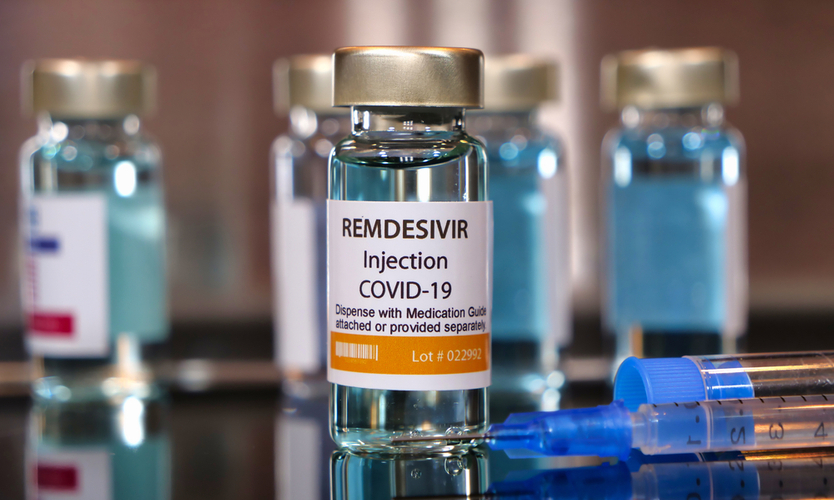Virus introduces variables for event planners: Marsh webinar
Reprints
Event planning and all that goes into it have been altered by COVID-19 restrictions, giving those planning anything new variables and questions for their risk assessments, experts said.
Outdoor venues will afford a much lower chance of transmission than indoor sites, said Dr. Mark Parrish, regional director for International SOS. “Certainly, an outside event is much safer than an inside event. We know the risk of being infected with COVID outside is significantly less than being infected with COVID inside,” he said.
The comments were made Wednesday during a Marsh webinar, Hosting Sporting Events Safely During COVID Times.
In terms of venue preparation, standard cleaning protocols are adequate as there is no longer a fear of contracting the virus from a hard surface or object, said Dr. Parrish. “We really don’t think that’s a significant issue anymore. The main risk is airborne transmission.”
Allison Pan, senior engagement lead, emerging risk group for Marsh Advisory, said “we’re still learning a lot about the disease,” when discussing what metrics, such as positivity rate and testing rate, should be taken into account when planning an event and choosing a location or venue.
Due to incubation periods, the time it takes for vaccines to become effective and other variables, there is a time element in the equation when deciding which metrics will be effective indicators in evaluating risk, Ms. Pan said.
Pre-event testing is one alternative for event organizers, who must then choose between a PCR test and a Rapid Action test, Mr. Parrish said. While the Rapid Action test is faster and less expensive, it is also less accurate. The PCR test, which takes a day or two to yield results, compared with 15 to 20 minutes for the rapid Action test, is the more expensive of the two.
Some governments are asking for proof of vaccination before one can enter the country and now even some businesses are doing the same, Mr. Parrish said. There is no uniform process for doing this, however, as countries have their own systems and standard.
Likewise, countries are not using the same or any type of uniform reporting strategies when it comes to even the most basic COVID data such as deaths, Ms. Pan said.
More insurance and risk management news on the coronavirus crisis here.
Read Next
-

California aims to add COVID-19 protocols to drug formulary
In a first among 15 states with workers compensation formularies, the California Division of Workers’ Compensation this month launched its process for adopting COVID-19 treatment protocols into its drug formulary for treating injured workers.